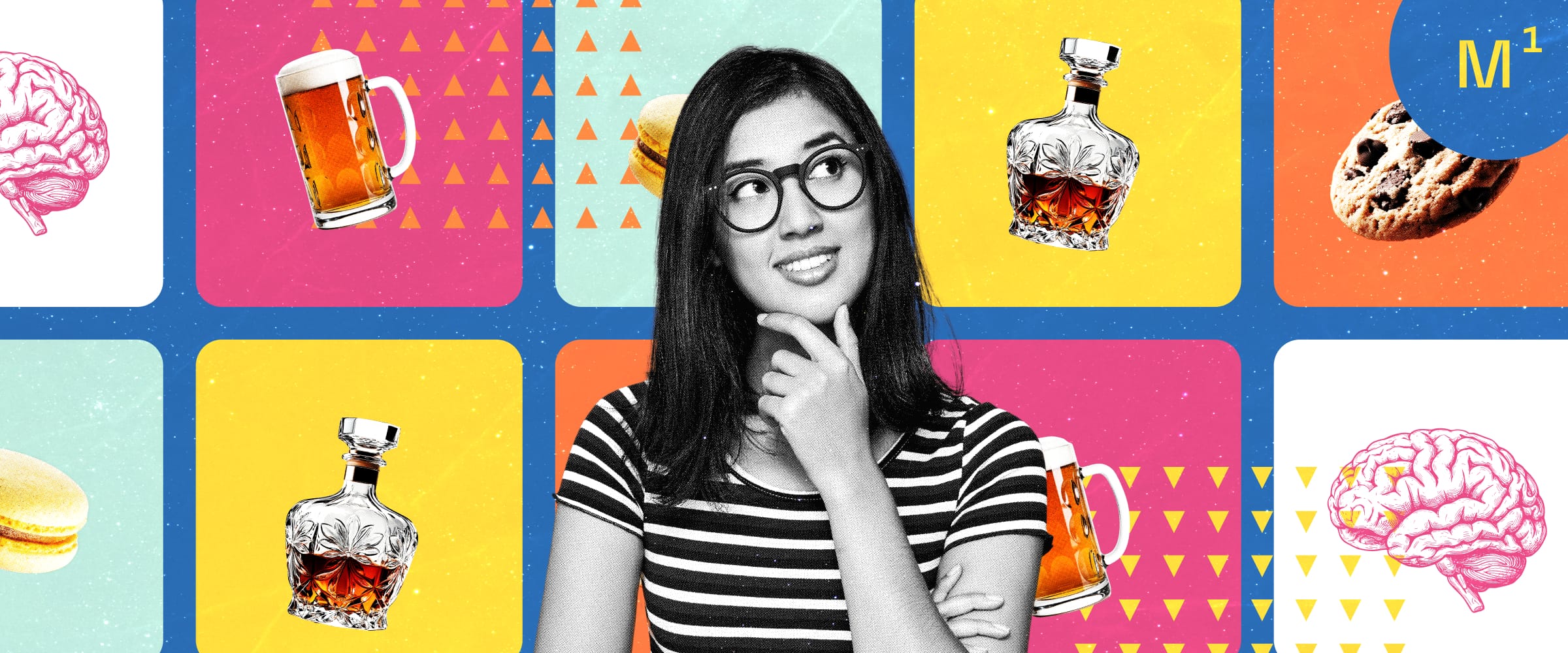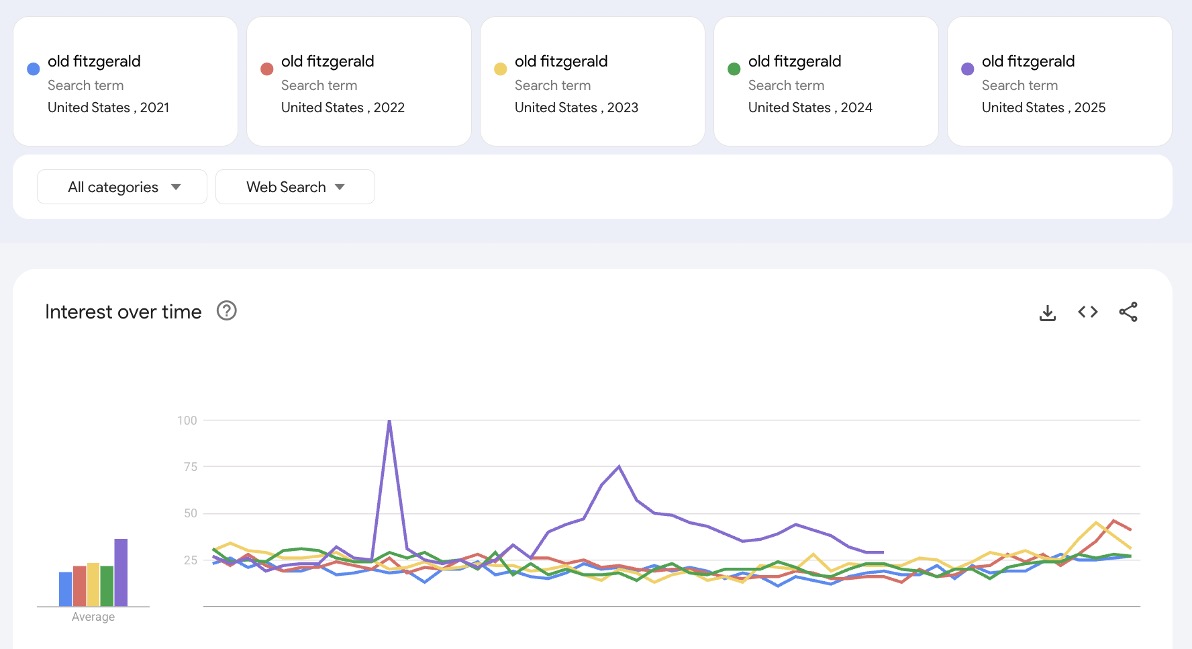
Cognitive Commerce: How to Turn Media Spend into Mental Real Estate
CMOs and media directors often face the same daunting challenge: proving short-term ROI while building long-term brand value. The CFO questions every dollar that doesn't show up in revenue. Meanwhile, consumer acquisition costs keep climbing.
So, those accountable for growing indulgence brands often do what seems logical: optimize for efficiency, lower CPMs, lower cost per click.
Yet when consumers face the shelf, they reach for your competitor without thinking twice.
Gains are unfortunately short-lived for brands that win on short-term, last-click metrics while losing on mental availability: the share of mind your brand occupies when people think about your category and are looking for just the right indulgence.
After all, the metrics many marketers typically optimize—impressions, clicks, conversions—don’t measure impact on memory. They track temporary attention, not lasting availability.
This is actually quite risky for the brand.
The Compound Costs of Typical Media Planning
When marketers over-optimize for short-term performance, three factors make brand value significantly harder to build:
1. Forward-thinking competitors pull ahead. As you think quarterly, they're claiming key consumption moments. As you buy cheaper impressions, they're building memory. So when consumers reach for indulgence, their brand comes to mind—not yours.
2. Quarterly CPM targets can blind you to effectiveness. Pressure to show efficient spending this quarter often drives marketers to skip the brand lift studies that reveal whether those impressions are actually building memory.
3. Last-click metrics reward what is most easily measured, instead of what is truly driving influence. It’s easy to over-prioritize wins that are satisfyingly clear. You invest more in tactics that show attribution, but less in building the mental structures that drive choice.
The challenge is only growing more complex, as "media" now spans traditional channels, newer platforms and fresh cultural touchpoints:
- Linear & Streaming TV
- Radio/Audio
- Display
- Search
- Social media
- OOH & Sponsorships
- Partnerships
- Events
- Creators & Influencers
- Video podcasts
- Retail media networks
- DOOH
Countless approaches can build lasting memory structures—but only when they work with how people actually choose. It’s the difference between a brand that traces clicks and the one that designs experiences to become synonymous with celebration.
Growth-minded CMOs need to think (and measure) beyond easily measured attribution and start creating the mental availability that makes choice feel easy, automatic, irresistible.
To create true loyalty at scale, they must build on the science of human decision making.
The Behavioral Science of Winning Choice vs. Clicks
Behavioral science tells us that consumers don't compare features or evaluate prices nearly as often as we (or even they) think they do. Instead, when faced with a wall of options, they typically make their purchase decisions in milliseconds—before any conscious thought engages—by simply reaching for what comes to mind first.
This is the “availability heuristic” at work, and it impacts everything about how indulgence brands should design both performance and brand campaigns.
Mental availability isn't created through persuasion. It's built by offering the cognitive ease that makes choice effortless—making your brand the path of least resistance when consumers seek moments of joy.
How do brands do this? By harnessing emotion and embedding proven cognitive shortcuts in their marketing, making their brand easy to notice, remember and choose.
Consider how these select behavioral approaches build memory structures, create premiums and make choice feel irresistible.
The "Mere Exposure Effect" + Emotion Beats Efficient Frequency
When Heaven Hill's Elijah Craig launched their Signature Style campaign, they combined bold creative across media with the event series "Old Fashioned Week"—transforming thousands of bars into experiential touchpoints. Consumers got to know, taste and celebrate with the brand across contexts, the resulting mental availability fueling growth.
As much as they count exposures, media planners need to create memorable moments.
"Implementation Intentions" Turn Assets into Automatic Triggers
Implementation intentions—the "if-then" plans our brains create—reveal how distinctive assets can own specific occasions. When unmistakable brand visuals feature the same circumstances repeatedly, they become triggers for behavior.
Old Fitzgerald proved this by anchoring their brand in hospitality. Pairing their Elevated Nostalgia visual system (deep greens, rich reds, opulent golds) with the tagline, “The Pleasure is Ours,” they created mental links between the brand and the act of hosting. Just as popcorn pairs with movies, Old Fitzgerald’s media now triggers thoughts of sophisticated gatherings.
A distinctive look is just a starting point. Link the brand to consumption occasions, and you can see massive increases in consumer interest as measured by brand search volume or share of category searches, which show an 83% correlation with market share.

“Context Effects" Transform Environments into Pricing Power
Our brains use environmental cues to determine worth. Studies published in both the Journal of Marketing and the Journal of Consumer Research confirm that the same product in different settings triggers vastly different perceptions—and willingness to pay.
Consider how the same $5 energy drink feels overpriced at a gas station but reasonable at a premium gym. The same craft chocolate that seems expensive at checkout feels like a steal at a wine tasting. The environment rewrites the value equation.
For indulgence brands, this means premium media placements, cultural partnerships and curated experiences are about more than reaching the "right" buyers. They can justify premium pricing—making the choice to pay more for the brand cognitively effortless for anyone.
Demographic targeting has its place, but value-signaling contexts create premiums.
How to Reframe Your Media Mix as a Memory System
The shift from buying impressions to building mental availability requires rethinking everything from measurement to mix allocation.
Start by Measuring What Actually Matters
Mental availability can sometimes take up to 6-12 months to show up in sales data. But there’s good news for your CFO: leading indicators reveal progress much sooner.
To enhance what traditional dashboards and attribution models can tell you, build frameworks that track both the metrics that predict growth and your media plan’s lasting impacts:
Leading Indicators (Monthly-Quarterly)
- Share of Search trends—brand search volume predicts revenue and market share 3-6 months out
- Distinctive asset recognition speed—faster recognition = stronger memory structures
- Unaided recall for specific consumption occasions—"Friday night indulgence" vs. general awareness
- Ritual formation metrics—is your brand becoming part of habitual consumption patterns?
Business Validation (Quarterly-Annually)
- Category Entry Point ownership
- Market share movement
- Revenue impact
Allocate by Cognitive Impact, Not CPM Efficiency
By applying behavioral principles across your marketing, your media mix can systematically build memory structures across three layers:
- Base Layer: Broad-reach media builds familiarity, but remember that quality signals quality. Choose premium contexts that fit your target audience.
- Encoding Layer: High-emotion touchpoints and experiential moments (see partnership suggestions below) create lasting memories. These cost more per impression but deliver more mental availability.
- Trigger Layer: Point-of-purchase activations activate your distinctive assets when built consistently over time, converting mental availability into sales.
Resist the common urge to spread your budget evenly across all channels. Instead, choose a few where you can dominate the moments that matter most to your consumers. This is how $5M in spending optimized for cognitive ease can outperform a $50M budget chasing efficiency.
When every dollar is designed to build memory structures, scale multiplies the impact of your strategy.
Build Memory Through Smart Partnerships
Remember to think beyond traditional media buys:
- Micro-influencers drive more action than celebrities because they feel like trusted friends
- Festival sponsorships create meaningful memories that outlast campaign flights
- Pop-ups encode your brand into cultural moments
- Even retail environments become media when they signal your brand's worth
A spirits brand at a film festival commands premium perception. An out-of-home billboard in the right, hip neighborhood communicates who your brand is for–while a traditional highway billboard might create undesirable associations.
Every touchpoint where your brand meets culture is media, so choose partnerships that elevate you.
Protect Consistency Like the Growth Driver It is
Your distinctive assets compound over time, but only with discipline.
Whenever creative gets refreshed, be careful to preserve existing memory structures by including your brand’s distinctive assets wherever possible. Otherwise, you're back to building new memory structures while your competitors build on past progress.
The temptation to innovate or show greater creativity is constant. But remember:
- Coca-Cola has owned red for 130 years
- McDonald's golden arches have barely changed since 1962
- Everyone knows Tiffany iconic Robin’s egg blue because they’ve used it consistently across platforms for decades
Brand consistency isn’t boring—it’s profitable.
Own Minds as Well as Media
Indulgence brands can remain products with rational benefits that require conscious consideration, deliberation and permission-granting—hoping impressions convert. Or, they can become the irresistible emotional rewards that consumers choose instantaneously.
The path to the latter runs through mental availability: the patient work of building memory structures that make selection effortless. Distinctive assets protected over time. Consumption moments owned completely. One consistent story and experience across every touchpoint.
The brands that understand this own the cognitive real estate that matters—the mental territory that turns considered purchases into automatic habits and loyalty.
To see how Method1 leverages behavioral science to make indulgence brands irresistible, explore our work.
About the Author
Ian Orekondy, Director of Media, Analytics and Innovation at Method1, is a data-driven strategist who specializes in connecting behavioral science principles to media planning–helping brands maximize the impact of every investment. Throughout his career, Ian has developed innovative strategies for clients including PepsiCo, Gap and Merck. His work combines analytical precision with creative solutions, driving both performance metrics and long-term brand value.
References
Tversky, A., & Kahneman, D. (1973). Availability: A heuristic for judging frequency and probability. Cognitive Psychology, 5(2), 207-232.
Zajonc, R. B. (1968). Attitudinal effects of mere exposure. Journal of Personality and Social Psychology, 9(2), 1-27.
Gollwitzer, P. M. (1999). Implementation intentions: Strong effects of simple plans. American Psychologist, 54(7), 493-503.
Baker, J., Parasuraman, A., Grewal, D., & Voss, G. B. (2002). The influence of multiple store environment cues on perceived merchandise value and patronage intentions. Journal of Marketing, 66(2), 120-141.
Lichtenstein, D. R., & Bearden, W. O. (1989). Contextual influences on perceptions of merchant-supplied reference prices. Journal of Consumer Research, 16(1), 55-66.
Sharp, B. (2010). How brands grow: What marketers don't know. Oxford University Press.
Thaler, R. H. (1985). Mental accounting and consumer choice. Marketing Science, 4(3), 199-214.
Ready to
make your brand
irresistible?
